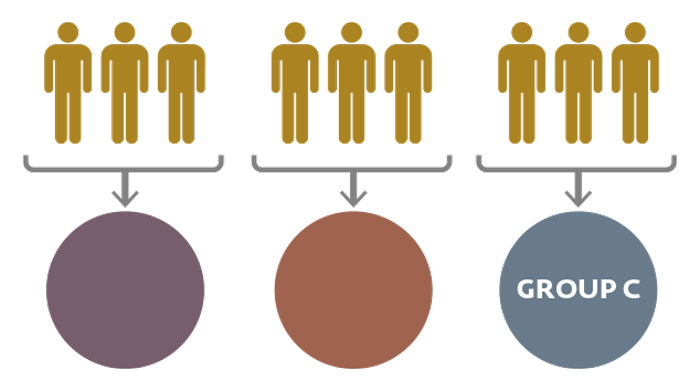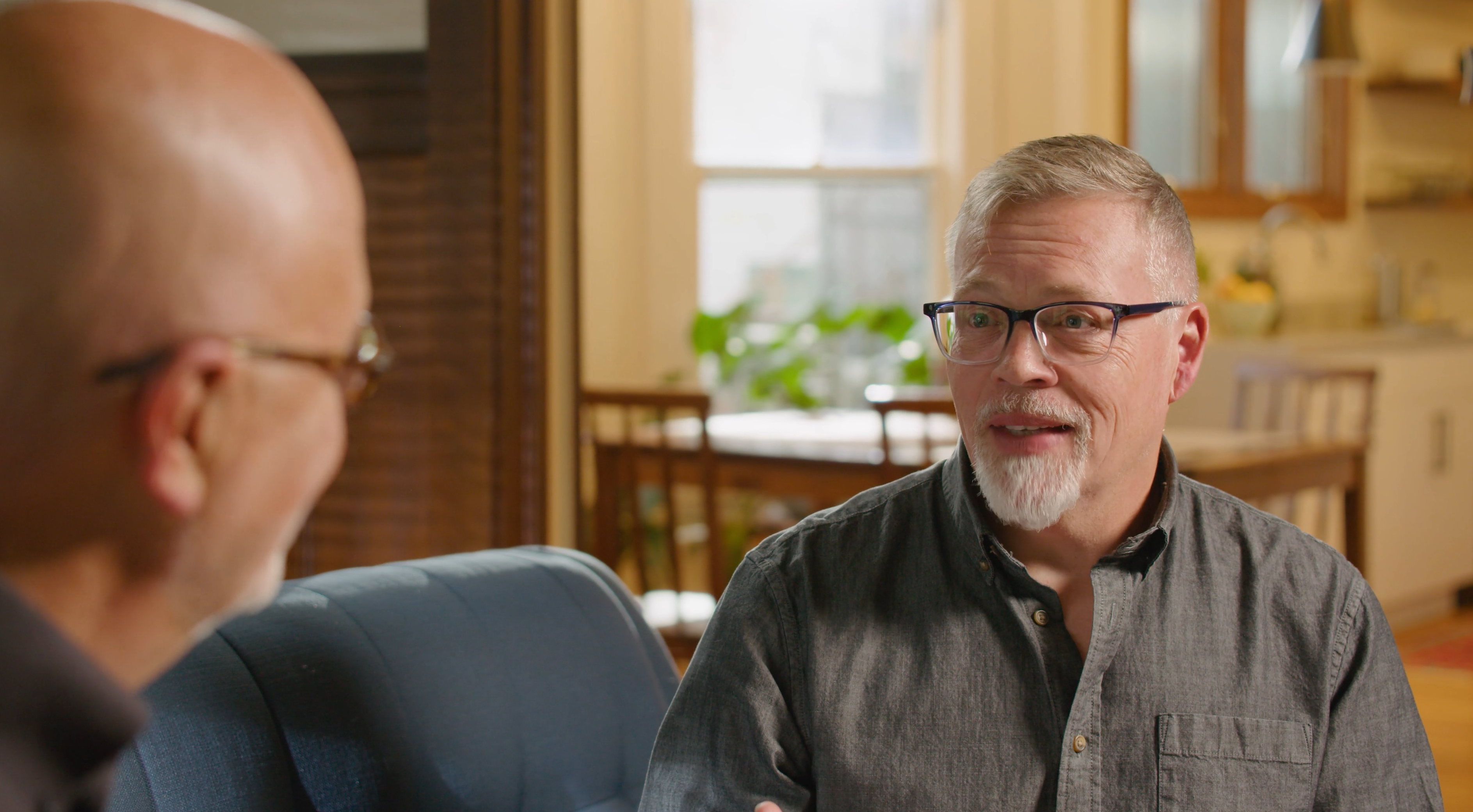The look of anguish on her face was apparent all the away across the room. I could tell she was conflicted.
I was speaking at a fundraising conference recently and discussing how to be “donor-centered” with major donors. I was going on about how we need to honor donors, care for them, nurture them and really get to understand their passions and interests.
But I kept noticing a woman in the back of the room who was clearly distraught. Suddenly, she raised her hand and said, “I have a couple of donors on my caseload… they really don’t have much capacity … but, …well, …they DEMAND so much of my time and effort, …they are driving me crazy. I don’t know what to do.”
As she said this, others started nodding their heads. Everyone in the room seemed to have “a story” of one or possibly more donors who don’t really give a tremendous amount, nor do they have the capacity to, yet they act as if the organization “owes” them something.
Do you have one, two, or more of these donors? Yep, I thought so.
Okay, here’s the deal. You can’t allow this to go on. I know you are kindhearted and feel like you need to meet the donors’ demands, but if you really think about it, you are causing greater harm and actually not being a good steward of your caseload.
So with that kind of a donor, you have to be gracious, of course, yet firm. You cannot meet these “demands” because you don’t have the time or resources to do so.
You see, your caseload has an economic reality attached to it that you have to get in touch with. There is a certain fixed cost to cultivating and nurturing a caseload. However, there is different economic VALUE associated with each donor. Not all donors are the same. Yes, you need to be donor-centered, but you also need to be wise with how you allocate YOUR time to your donors.
You can do this easily by tiering your caseload A, B and C levels. If you have 150 donors, A level is your top 25 donors who have the most capacity and propensity to give. B is your next 50 donors and C is your bottom 75. Now, why is this important?
- It allows you to focus on your top donors. You should spend 50% of your time on your Tier A donors. These are the donors who are going to give substantially, and you need that kind of time to nurture those relationships.
- It helps you become efficient with lower level donors by not taking too much time with them.I want to tell you a personal story of my own family’s giving. My wife, Julie, and I love and support the arts. At one of the museums here in Philadelphia we give at the $1,000 membership level. That entitles us to certain privileges. Besides free entrance and parking we get to have a personal tour of the museum once a year with a docent. It’s pretty cool. Now, when you schedule one of these tours and meet the docent in the lobby, standing beside her is twenty-something young woman there to great you and thank you for being a “Circle Member” of the museum. Then, a few days after the tour, you receive a nice, handwritten note from this young woman thanking you for coming.
This is all very nice. Now, is someone from the museum going to come visit me, or call and ask me to come in and talk about this program or that program? No. Why? Because I would be one of their C-level donors. The museum can’t spend that kind of time on me. It would not make economic sense for them to do that.
Will they spend some personal time with Julie and me? Of course. Because they know that we are still relatively young and, as our kids graduate college, we will have more disposable income, which could lead to larger gifts for the museum.
Now, if I were a jerk and demanded that I have a personal meeting with the Executive Director and free tickets for my friends and personal tours whenever I wanted, I would hope that the museum would say no. Because if the museum was being a good steward of its time and energy, that kind a donor behavior would not be allowed.
Of course, you could make a case that even if I was a seven-figure donor the museum should not allow “abusive behavior” either. But that’s another post entirely! - Tiering helps you stay accountable to your time — Remember the woman in the back of the room I mentioned earlier? If she had her donors tiered properly, she would know not to bend over backwards for that one demanding donor with no capacity. You see, she was treating all of her donors alike. It just doesn’t work.
- Tiering allows you to spend time identifying which donors to migrate up, down or out by analyzing your caseload by each tier — this is important. At least twice a year it’s good for you to look at each of your tiers and determine if those donors in that tier belong there. Some will move up into A level, others will move down. Again this allows you to allocate your time wisely on the right donors.
At the end of my speaking session that day I saw a lot of relieved major gift officers and executive directors, once I explained how to deal with demanding donors with little capacity. But, more importantly, they felt empowered with a new strategy that will help prevent them from getting in that situation again.
Feel empowered!
Jeff






You’re absolutely right that we all have donors who take up more time than their giving capacity merits. However, what do you do with the individuals who, on top of being low-level donors, are also classic “difficult people” who threaten your organization’s reputation and complicate relationships with other volunteers? This is especially tricky in an organization where family members participate in our programs. Our vibe is extremely egalitarian and respectful of every individual. Please expand upon this topic.
Hey Susan, thanks for writing. I guess what I would say to you is that you need to sit down with this person(s) and have a conversation. If there is a problem let’s get it into the light and deal with it, rather than causing resentment, anger and distrust. It’s usually about them, not you or the organization. But, the first step is bringing that into the light.
Jeff